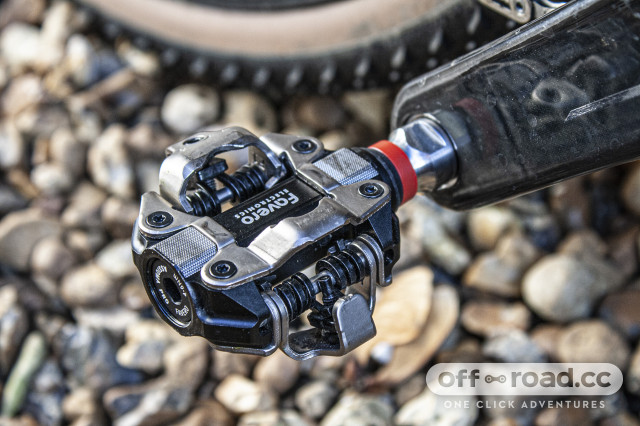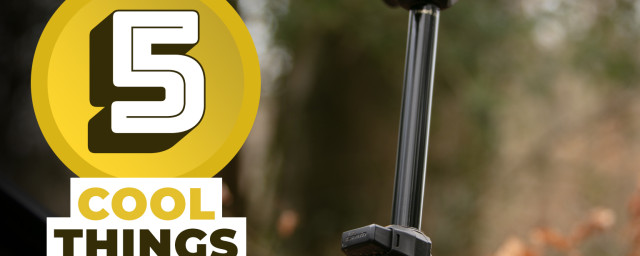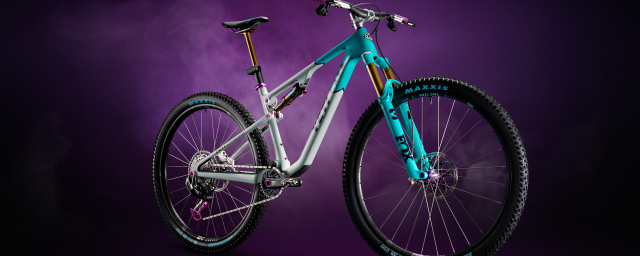What is the best power meter system?

[Sponsored by Favero Electronics]
As with many things in the cycling world, power meters come in all shapes and sizes, and each one delivers in-depth riding metrics in slightly different ways. However, what’s most important is how each power meter is packaged and how it might suit your riding style more than another. Here, we’ll unpack the pros and cons of each kind to help you make the best decision before taking the plunge.
- Schrader vs Presta – which valve standard is best for you?
- MTB enduro racing for beginners
- Cross-country mountain bikes: understanding their design
Why do I need a power meter?
The best power meters are vital training tools and will collect data on the power and effort you’re putting into the pedals. Power meters can then be connected to cycling computers and even your phone to give you accurate, real-time data.
They’re important for racing, too, especially during events that require some level of endurance. Where many at a grassroots level might rely on feel alone, power meters provide cold hard facts on the effort you’re exerting. That could mean the difference between tactically progressing through the field during an XCO race or expending all of your energy mid-climb.
However, there are five, technically six kinds of power meters on the market, so let’s dive into what each can offer you.
>> Learn more about Favero power meter pedals <<
Pedal-based power meters are ideal if you ride multiple bikes
Power meter pedals pack all of the data collection goodness within a set of humble pedals. For off-road riding, they’re often SPD-type clipless pedals.
The best bit about pedal-based power meters is that you can change them from bike to bike just as easy as you would with a regular pair of pedals. Other kinds take the place of your chainring’s spider and can limit your choice of chainring sizes or types. They also allow the user to experiment with crank length and riders can pick from single-sided and dual-sided to suit their budgets and requirements. Favero’s Assioma pedals are a great option available in both single and dual-sided options and are rather friendly on the wallet.
To touch on Favero’s power meter pedal options for off-road riding, there’s the Assioma PRO MX. While being some of the most budget-friendly power meter pedals on the market, they also add only 40 grams per pedal when compared to Shimano’s XTR SPD pedals.
The Assioma pedals are available in single and dual-sided options that allow users to choose between cost savings and all-out accuracy. Then, in the interest of durability, they use a split approach, which means that the pedal body and mechanism can be removed from the spindle, that houses all of the electronic components. With that, if you were to wear out the pedal body, it can be replaced for around £41.03.
They then utilise the most common, SPD mechanism that’s compatible with all SPD cleats. The Assioma PRO MX-2 uses integrated rechargeable batteries that promise at least 60 hours of run time and they’re charged via a magnetic cable which will easily free itself from the charging port should it get knocked in the garage. With all of Favero’s pedals being made in Italy, the brand can closely control the quality of each product.
Pedal power meters aren’t without their disadvantages though. As with any kind of pedal you’ll ever ride off-road, you’ll know that they’re more exposed to rock strikes, compared to other kinds of power meters. While definitely a risk inherent with such power meters, Favero directly addresses this with its split approach that includes a replaceable binding, or mechanism and spindle that contains the electronics. So in the event of a damage-inducing rock strike (which cannot affect the spindle-based electronics), users can keep their Assioma pedals running. Additionally, not everyone is a fan of the SPD mechanism and there are incredibly few alternatives on the market.
Crank arm power meters are cheap but sacrifice all-out accuracy
Power meters located on crank arms are usually fairly easy on the wallet and the eye, as they fly seamlessly on the inside of one, or both of your cranks. They add no major weight to the bike either – each pod weighs around 20-30g. These measure torque being put through the crank with a load cell, or two load cells, one on either crank.
Some cranks come with these power meters pre-installed but many can be bought and installed aftermarket. They’re generally lightweight too and if you run multiple bikes with the exact same crankset, crank arm power meters can be swapped from bike to bike.
There are some considerations, however, as there can be problems with frame clearance, and with single-crank meters especially, they may not be as accurate as one leg can output more power than the other.
Spider power meters are durable but pricey
Spider-based power meters are located on the spider of a bike’s chainring and record the output of both legs and are often considered the gold standard of power meters.
They don’t require maintenance or calibration, only pairing with your phone or cycling computer and you’re ready to roll.
Then, because of their discreet location on the bike, it’s naturally well protected. And because they take the place of a chainring’s spider, they can fit many different bikes without having to consider factors like frame clearance.
You’ll never notice a spindle-based power meter until you need it
Like spider power meters, spindle-based meters are well hidden and sit neatly within a crank’s spindle. Primarily offered by SRAM, with some other brands on the same bandwagon, these kinds of power meters are incredibly low in profile and low in weight. They’re also simple to install and compatible with many bikes, so one spindle-based power meter can be switched from bike to bike, as long as it’s compatible with your chosen cranksets.
Most spindle power meters are single-sided, so will only gather power data from one leg but there are a range of battery options with some models choosing AA batteries while most are rechargeable using some kind of USB variant.
Power meters can also be nestled within the internals of a rear hub
Pedalling power has near-direct communication with your bike’s rear hub and with that in mind, there are brands out there that produce power meter hubs. Although not so commonly used nowadays they’re easy to use, and very low profile while providing decent accuracy.
However, it’s no surprise that they’ve fallen out of favour as they have to be laced to a rim, which is no easy or cheap task and because hubs are so specific, power meter hubs limit wheel choice.
Don’t forget your indoor turbo trainer
One type of power meter that’s often overlooked is the one that’s built into your turbo trainer. Of course, it’s not without its downsides as turbo trainers can’t go outside and be ridden in real-world off-road riding scenarios. However, when it comes to training, turbo trainers provide a reliable platform that can be ridden rain or shine, while being a go-to option for cycle training for many.
It’s not possible to replicate technical climbs and such with a turbo trainer but proper utilisation of the power meter built into your turbo trainer will help you track your progress at the very least.
















1 comments
I'll answer - for 99.9% of riders - the cheapest. Training by power meter doesnt require pin point accuracy - just reasonable consistency.